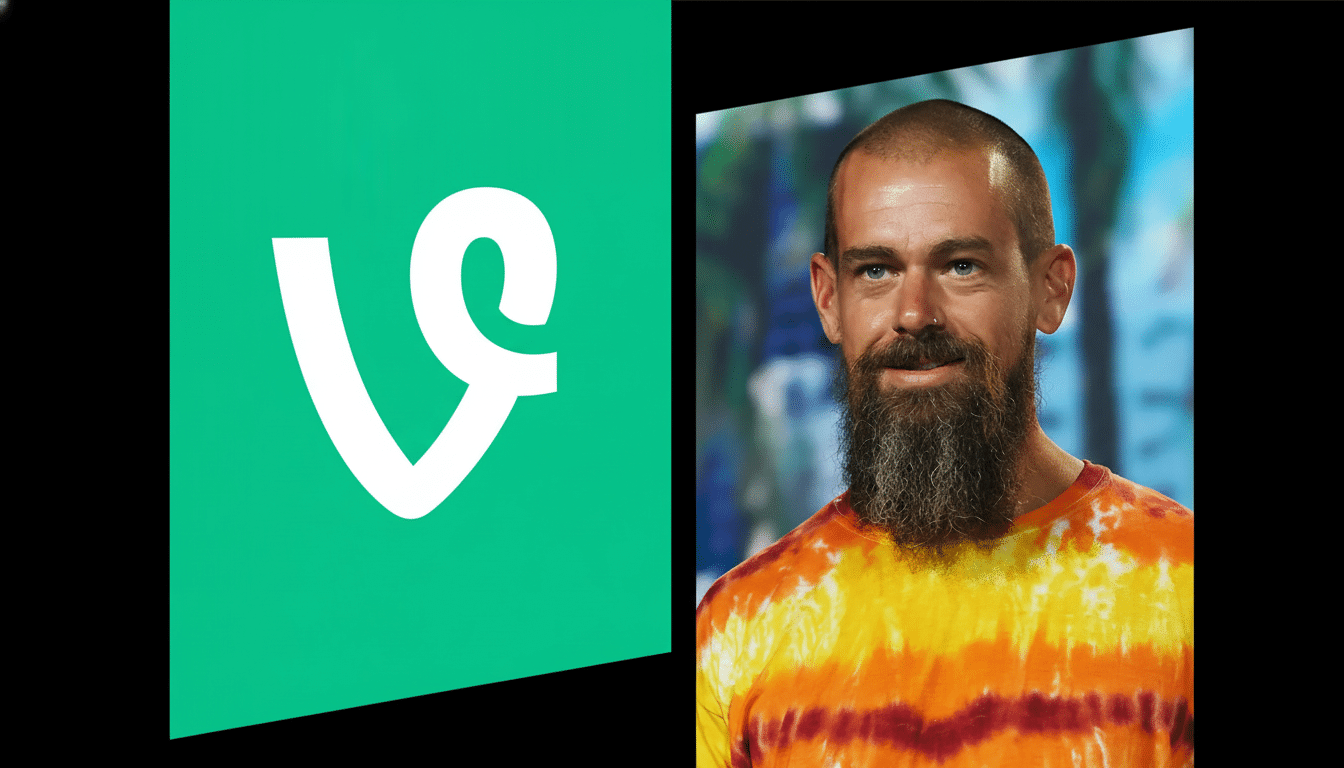Vine’s six-second mojo is getting a second act. A new platform called diVine, funded by Jack Dorsey through his nonprofit collective And Other Stuff, resurrects the fast-cutting, looping-video format that once established the tone for internet humor and micro-storytelling.
diVine leans into the retro, from its recognizable branding to a six-second cap and classic clips library. The app will resurface old favorite Vines, and you can share them as well (as per the report shared with TechCrunch), to give creators and fans a chance to rediscover one of several formats that supercharged the creation of early internet stars, letting users play around, get famous, or just have fun, while also breaking new ground in terms of building a social media structure users could see through.

What diVine Promises: Brevity, Openness, Authenticity
The platform sells three values: brevity, openness, and authenticity. The six-second restriction is still the creative limitation that made Vine unique, fertilizing punchline concision, visual wit, and repeat viewability. diVine also sets itself up as a decentralized, open-source service that can be “owned by no one, controlled by everyone,” focusing on giving users options to view content in chronological and customizable ranking order instead of the black-box, one-size-fits-all algorithms common among social media platforms.
It’s a smart engagement play to include an extensive Vine archive. Short-form apps live or die by day-one delight, and a back catalog of culturally familiar loops can jump-start habit and discovery while new creators settle in. It also maintains a generational bridge of creators: those who ground through the constraints of Vine and younger kids who’ve glowed up on TikTok, Reels, and Shorts.
A Bet on Authenticity Over AI, With Human-Only Feeds
diVine is drawing a hard line against AI-generated content, vowing to block synthetic video uploads and make sure feeds are human-made. That position is significant as major platforms increasingly permit or label AI content to some degree. For example, Meta recently started adding AI-generated content labels across all its apps; OpenAI also previously retired a public detection tool because of poor accuracy—underscoring how difficult accurate detection can be.
Enforcement will be the test. Research groups like Stanford HAI have consistently found that AI detectors are full of false positives and have adversarial gaps, and creators absolutely use AI to edit, caption, and add effects. diVine’s bright-line rule might draw a contrasting line for the culture it purveys—less synthetic gloss, more human spontaneity—but the platform will need unmistakable definitions, clear appeals processes, and transparent reporting to earn that trust.
Why Six Seconds Still Counts for Creativity and Engagement
Constraints often fuel creativity. Vine’s six-second loop taught a generation about pace, framing, and payoff; it also incented replays, raising completion rates—an engagement signal that now underpins how recirculation works across short-form platforms. Dozens of careers can be traced to that discipline, from comedians and visual artists to musicians who have used loops to plant hooks and memes.

Short-form video is still the internet’s atomic attention bundle. TikTok has over a billion monthly global users, according to industry analysts, while YouTube says Shorts reaches more than 2 billion logged-in viewers. In the U.S., according to Pew Research Center, most teens are using short-form video apps, with time spent heavily weighted toward mobile, vertical formats. In this context, diVine is not just an oldie; it’s a focused wager on the high-signal end of the short-form spectrum.
The Competitive Landscape diVine Faces in Short-Form Video
diVine steps into a market dominated by giants with distribution built into the model. TikTok’s creator marketplace, Instagram’s Reels integration, and YouTube’s ad revenue sharing create a bar to hit for reach and monetization. Goldman Sachs estimates that within a few years, the creator economy could reach as high as $480 billion, a sign of the money at stake. In order for diVine to steal creator mindshare, it will need an above-board earning potential—whether tipping, revenue share, sponsorship tools, or interoperable storefronts—and powerful discovery that doesn’t discriminate against newcomers.
Its more decentralized pitch could attract developers and creators wary of platform lock-in. If diVine implemented the equivalent of content portability (or “federated distribution”), such as ActivityPub or the AT Protocol, it would take down switching costs and enhance resilience. But transparency also adds more to safety and compliance. Small platforms, under regimes like the E.U.’s Digital Services Act, will also be required to demonstrate strong moderation and risk assessment. Finding the right mix of open infrastructure and healthy communities will be critical.
What to Watch Next as diVine Launches and Scales Up
Key signals to watch for:
- Whether the archive drives repeat engagement beyond nostalgia
- How well enforced and transparent the no-AI constraint turns out to be
- The velocity of creator adoption and any early breakout format indigenous to six-second loops
- Tangible strides toward monetization and governance
Clearing the air on open-source components and interoperability will further indicate how close to a reality diVine “owned by no one” principles are in practice versus marketing.
For a platform that helped shape internet culture, a comeback is a tall order. diVine’s recipe—short, human, and open—embraces the qualities that made Vine special while addressing what undermined it the first time around: limited product direction, opaque algorithms, and creator incentives that couldn’t compete. If diVine can make those fixes happen, six seconds could be the perfect amount of time to change the feed once more.

